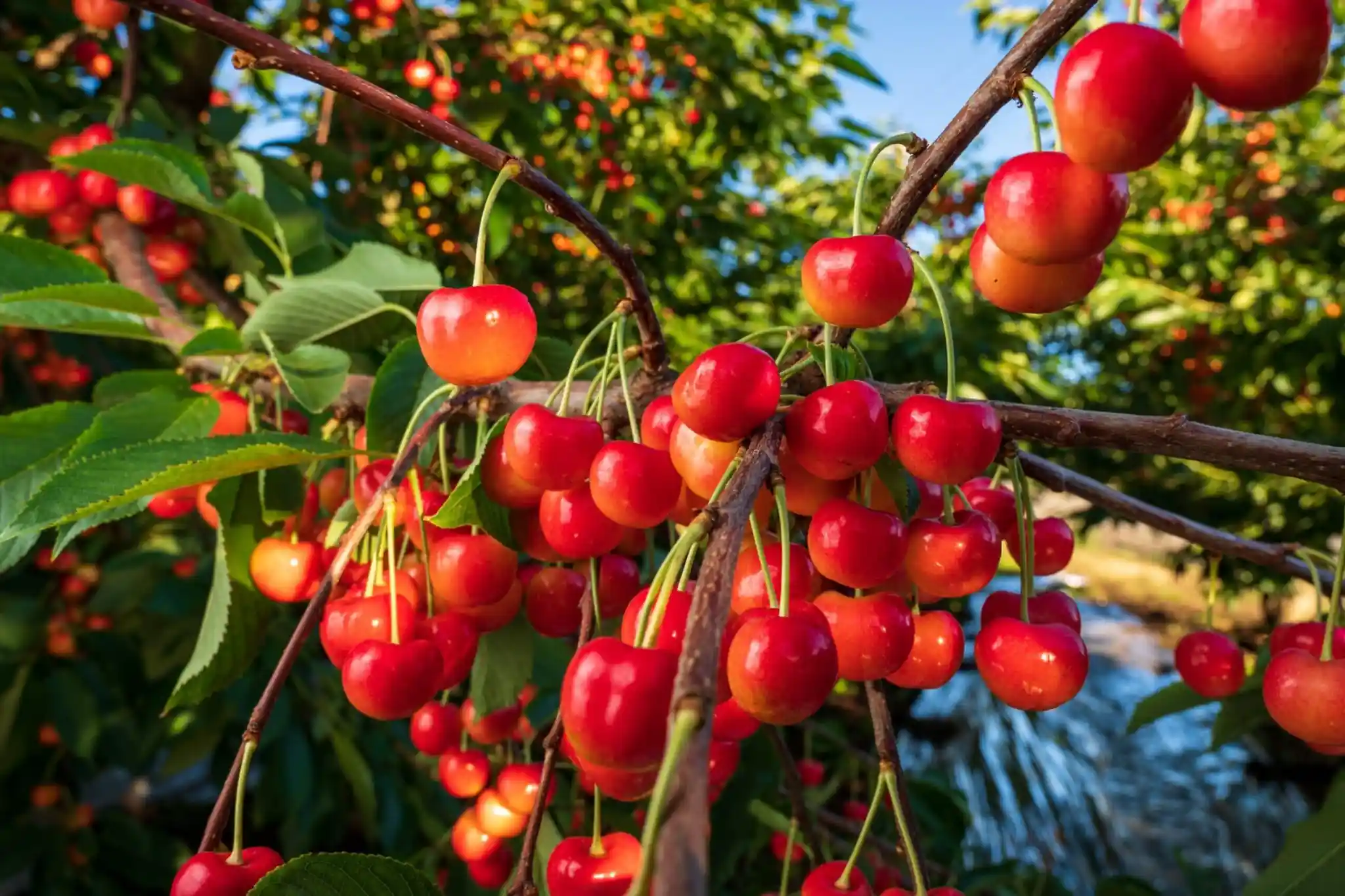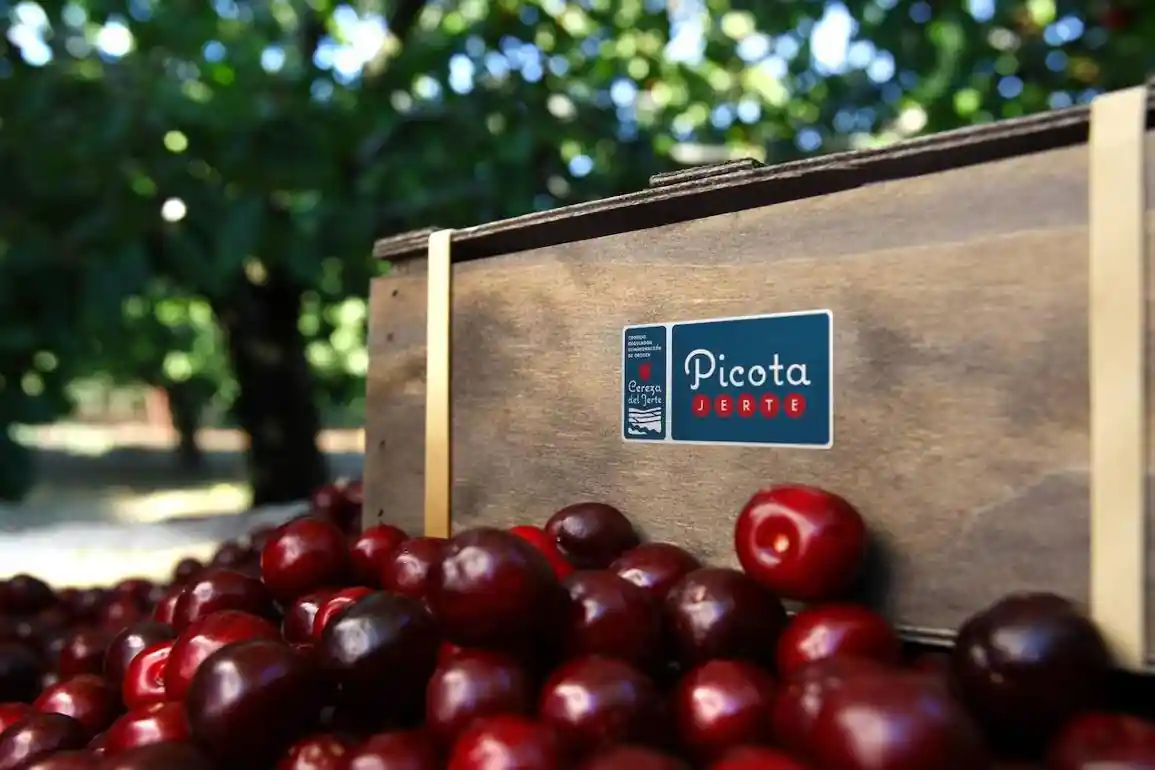A new challenge for cherry tree protection
Faced with the growing threat of cherry leaf spot, Michigan tart cherry growers are returning to an old weapon: copper-based fungicides.
The fungal disease, which causes premature leaf drop, was a key topic of discussion at the Great Lakes Fruit, Vegetable and Farm Market EXPO in December. Considered by many as the toughest plant health challenge for the Montmorency cherry industry, highly susceptible to the disease, cherry leaf spot saw an unprecedented outbreak in 2024, with severe consequences on fruit quality.
To avoid another disastrous season, growers are in desperate need of new fungicide solutions, said Jim Nugent, grower and former expert at Michigan State University (MSU).
Fungicide resistance and regulatory restrictions
The main issue is that available fungicide options are decreasing. SDHI (succinate dehydrogenase inhibitor) fungicides, classified as FRAC 7, were once highly effective, but the pathogen has developed resistance. Strobilurin fungicides remain effective but should not be overused to prevent further resistance.
Biocontrol products have not performed well in MSU trials, and agricultural chemical companies are not investing in new solutions specifically for cherries. “The effective tools are no longer available,” said MSU tree fruit pathologist George Sundin.
In recent years, growers have relied on broad-spectrum fungicides such as Captan (dicarboximide) and chlorothalonil, but the Environmental Protection Agency (EPA) is steadily tightening regulations on their use, making crop protection increasingly difficult.
The return of copper
In this scenario, the use of copper as a fungicide is making a comeback. In the past, Michigan growers abandoned copper-based products with the introduction of synthetic fungicides. However, MSU experts are now encouraging their return, as they remain one of the few viable options for controlling cherry leaf spot.
The primary concern about copper use is phytotoxicity, which can cause yellowing and premature leaf drop. However, MSU studies have shown that despite these effects, there are no long-term negative impacts on tree health, yield, or fruit quality. A greenhouse trial on potted Montmorency trees aims to better define the parameters of phytotoxicity.
Cherry grower Gerrit Herrygers was initially skeptical about using copper, but he decided to include it in his defense strategy in 2024, calling it a year of “absolute emergency.” Now, he believes that every tart cherry grower should apply copper.
A future of challenges and innovation
The year 2024 marked a turning point, with an exceptional spread of cherry leaf spot, to the point that, for the first time, Sundin observed symptoms of the disease directly on the fruit, not just the leaves.
Heavy rains and strong winds contributed to the initial infection during Memorial Day weekend, catching many growers off guard. Industry consultant Pete Nelson pointed out that achieving good fungicide coverage was challenging.
With climate change, consecutive rainfall periods are increasing in Michigan, making cherry leaf spot more aggressive and chemical protection more complicated. “It’s a perfect storm of problems,” Sundin said.
Despite these challenges, the combination of copper, Captan, and chlorothalonil can provide effective disease control. Sundin is currently studying different copper formulations, with fixed copper products appearing to offer longer-lasting protection than other solutions.
Another hope for the future comes from genetics. MSU researchers have recently sequenced the Montmorency genome, a breakthrough that could accelerate the breeding process and lead to new varieties with greater resistance to cherry leaf spot.
Matt Milkovich
Good Fruit Grower
Italian Berry - All rights reserved












